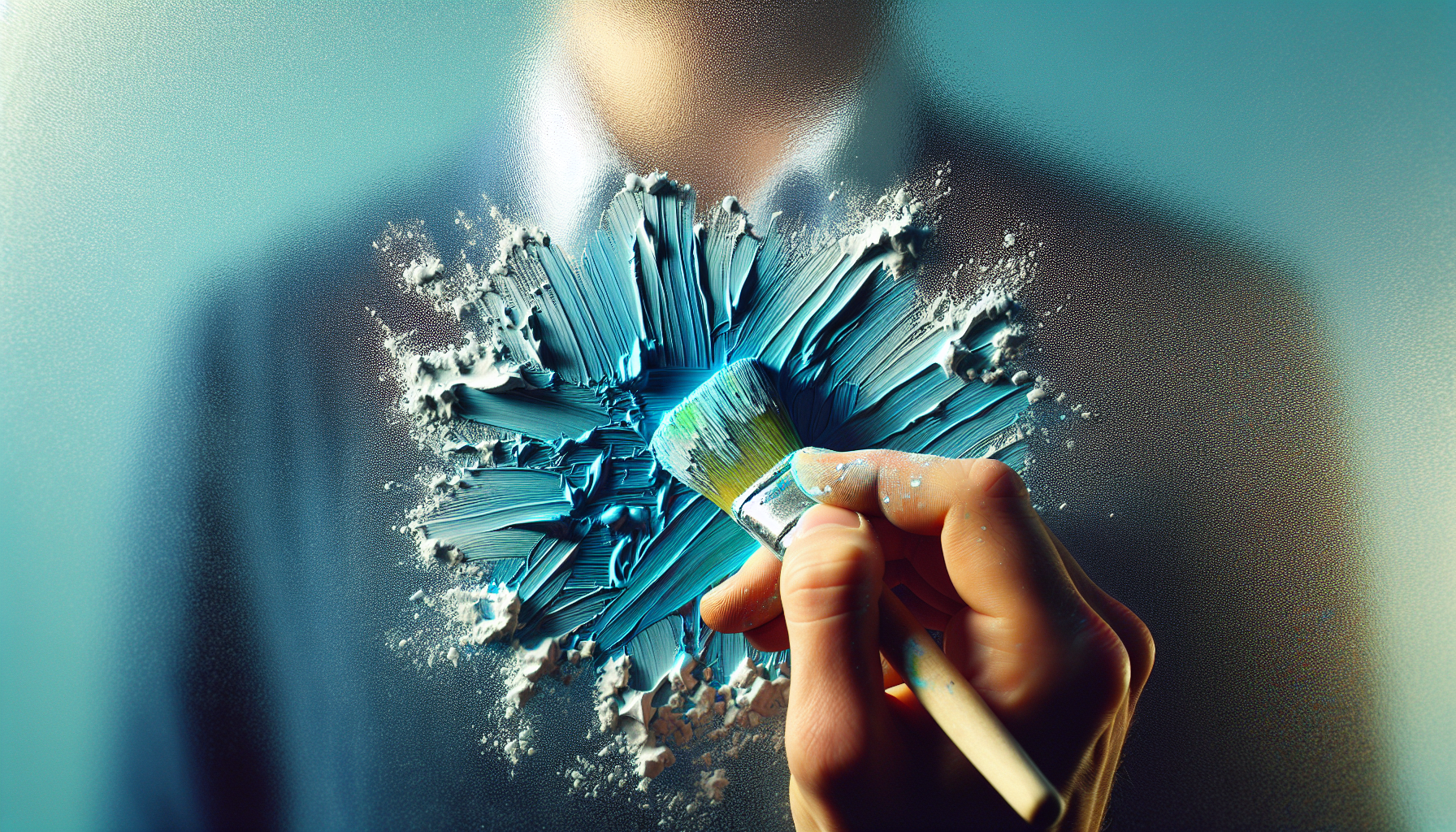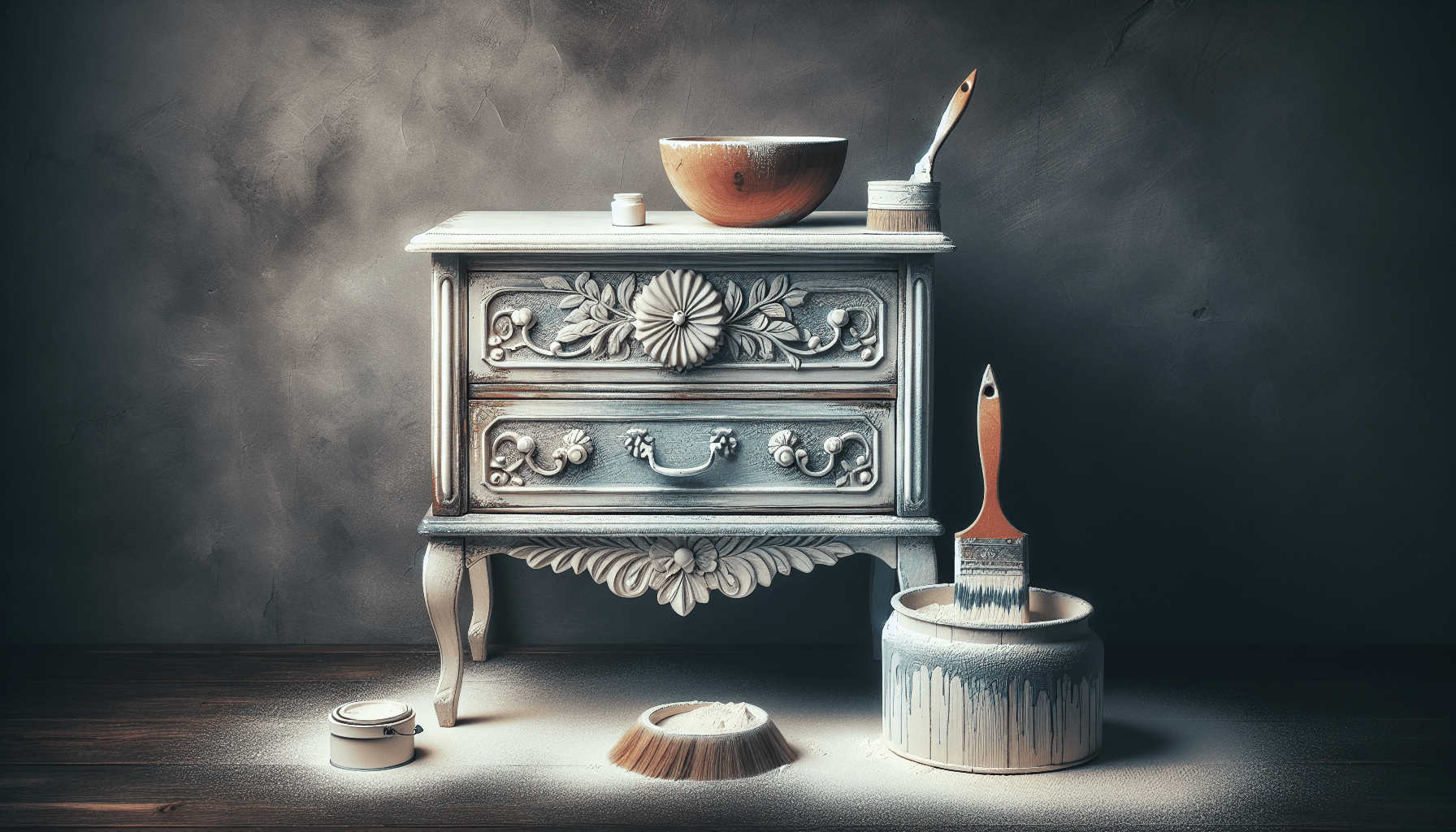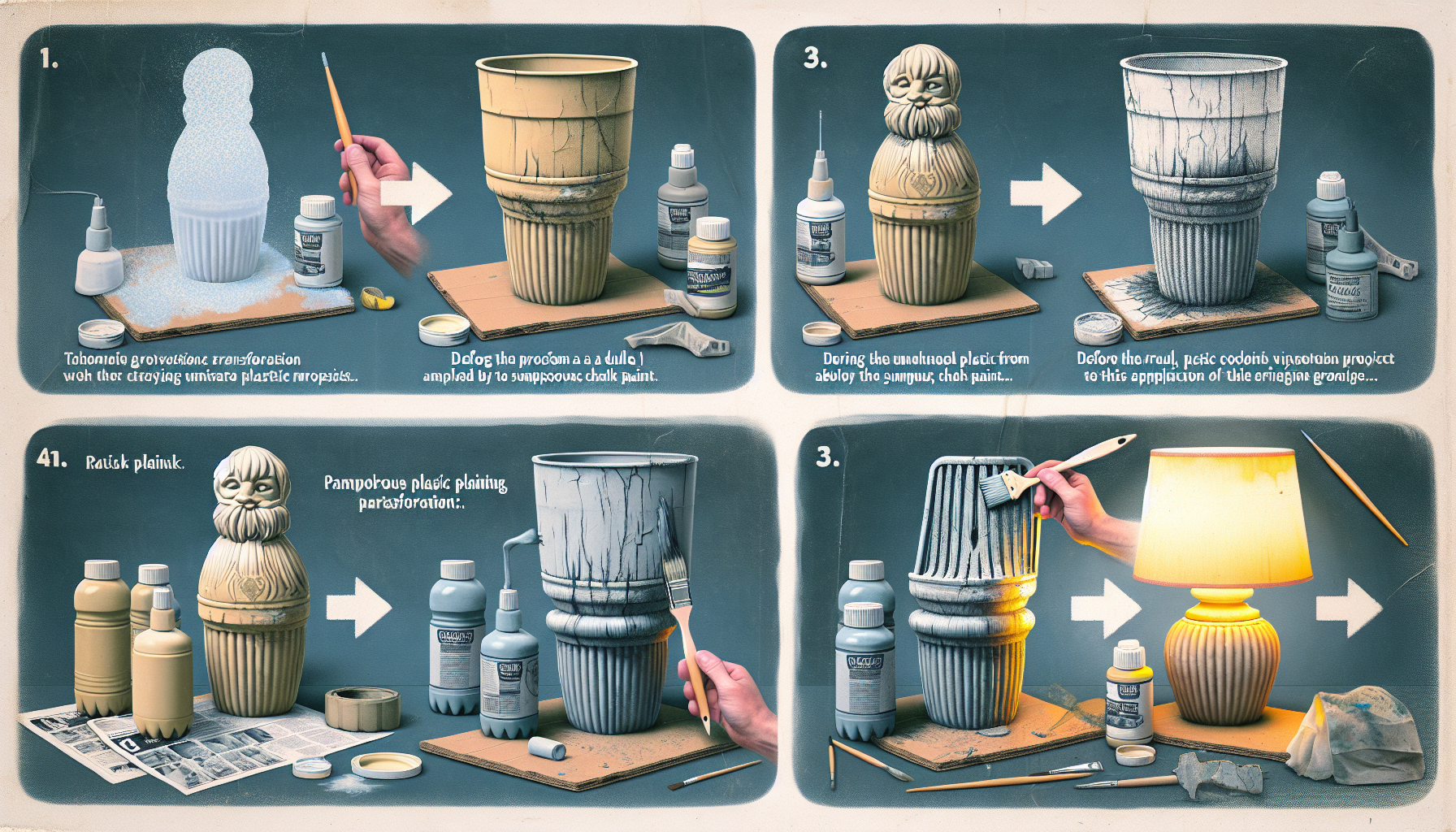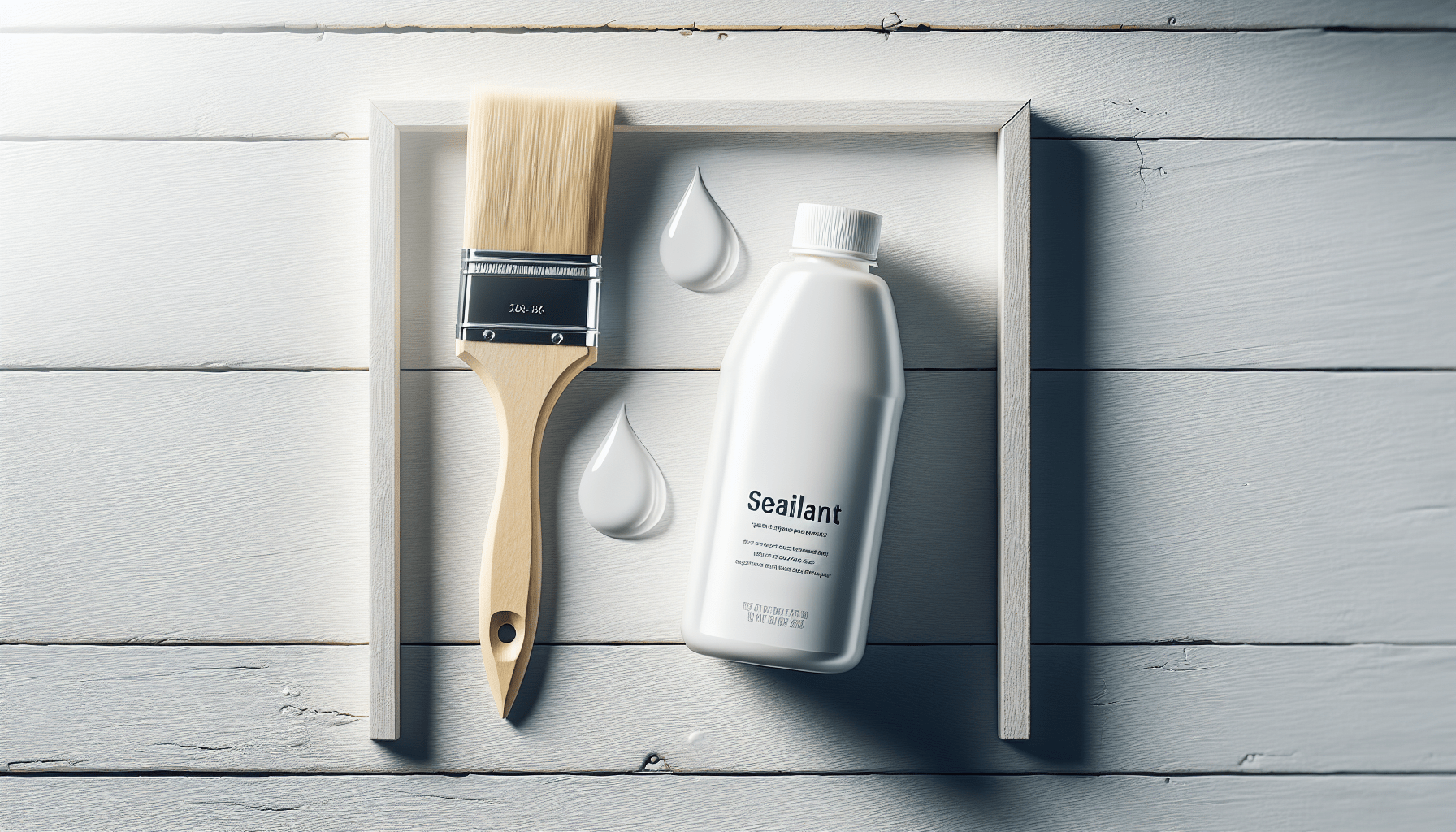Chalk paint has become a popular choice for transforming various surfaces, but the question remains: will it stick to glass? This article explores the potential of chalk paint to adhere to glass, addressing factors such as surface preparation, application techniques, and potential challenges that may arise. By examining the compatibility of chalk paint and glass, you can gain valuable insights into the possibilities and limitations of this versatile paint medium.
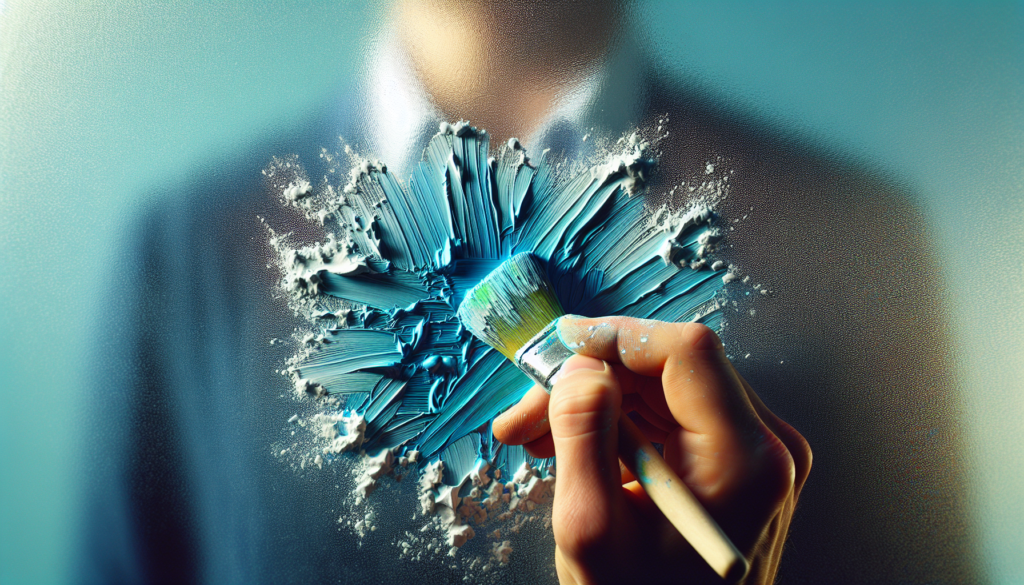
What is Chalk Paint?
Chalk paint is a type of paint that is known for its matte, chalky finish. It is often used in furniture and crafts to achieve a vintage or shabby-chic look. Chalk paint is made from a combination of calcium carbonate, water, and pigment. Unlike traditional paint, chalk paint does not require extensive surface preparation such as sanding or priming before application. It is also known for its excellent coverage and ability to adhere to a variety of surfaces.
Composition
Chalk paint is primarily composed of calcium carbonate, which gives it its characteristic matte finish. Calcium carbonate is a naturally occurring mineral that is ground into a fine powder and mixed with water to create the paint. Pigments are then added to the mixture to create different colors. The water content in chalk paint allows for easy blending and smooth application.
Characteristics
Chalk paint has several unique characteristics that make it popular among DIY enthusiasts and furniture painters. It has a thick consistency, which provides great coverage and reduces the need for multiple coats. The paint dries quickly, allowing for efficient project completion. Additionally, chalk paint is highly versatile and can be used on various surfaces such as wood, metal, concrete, plastic, fabric, and even glass. Its ability to adhere to different materials makes it a preferred choice for many paint projects.
Adhesion of Chalk Paint to Different Surfaces
One of the key factors to consider when using chalk paint is its adhesion to different surfaces. While chalk paint is known for its excellent adherence, there may be variations depending on the type of material being painted. Here are some guidelines for achieving optimal adhesion on different surfaces:
Wood
Chalk paint adheres exceptionally well to wood surfaces. However, it is still recommended to clean the wood thoroughly before painting to remove any dirt or residue. Sanding the surface lightly can also help improve the adhesion of the paint.
Metal
Chalk paint can be used on metal surfaces with proper surface preparation. It is important to clean the metal and remove any rust or existing paint. using a metal primer before applying the chalk paint can further enhance its adhesion and longevity.
Concrete
Chalk paint can be used on concrete surfaces, but it is important to ensure the concrete is clean and free from any oils or contaminants. Concrete surfaces may require more than one coat of chalk paint for optimal coverage and adhesion.
Plastic
While chalk paint can be used on some types of plastic, it may not adhere as well as on other surfaces. Plastic surfaces should be thoroughly cleaned and primed with a suitable primer designed for plastic materials to improve adhesion.
Fabric
Chalk paint can be used to transform fabric surfaces, such as upholstery or drapery, into unique pieces. It is recommended to mix the chalk paint with a fabric medium to improve adhesion and ensure the paint remains flexible.
Glass
Adhering chalk paint to glass surfaces can pose challenges due to the natural limitations of paint adhesion on smooth and non-porous materials. However, with the right preparation and techniques, it is possible to achieve adhesion on glass surfaces.
Factors Affecting Chalk Paint Adhesion
Several factors can affect the adhesion of chalk paint to any surface, including glass. It is important to consider these factors to ensure optimal results:
Surface Preparation
Proper surface preparation is crucial for achieving good adhesion. The surface should be clean, dry, and free from any oils, dirt, or debris. Sanding the surface lightly can also help create a slightly rough texture, improving adhesion. A clean surface ensures that the paint can fully bond to the material.
Priming
Using a suitable primer can significantly enhance the adhesion of chalk paint. Primers create a better bonding surface for the paint and can also help seal porous materials. However, when it comes to glass, traditional primers may not provide optimal adhesion, and alternative solutions should be considered.
Paint Consistency
The consistency of the paint can also affect its adhesion. Chalk paint should be mixed according to the manufacturer’s instructions to ensure proper coverage and adhesion. If the paint is too thick, it may not adhere well, and if it is too thin, it may not provide adequate coverage.
Temperature and Humidity
The temperature and humidity of the environment can impact the drying and curing process of chalk paint. Optimal conditions for painting are generally between 50-85°F (10-29°C) with humidity below 85%. Extreme temperatures or high humidity can affect the paint’s ability to bond and affect its adhesion.
Curing Time
Allowing sufficient curing time is essential for achieving the best adhesion and durability. While Chalk paint may feel dry to the touch within a few hours, it is recommended to wait at least 24 hours before subjecting the painted surface to any stress or heavy use.
Can Chalk Paint Stick to Glass?
Chalk paint’s natural adhesion on glass surfaces may be more challenging due to glass’s smooth and non-porous nature. However, with proper surface preparation and the use of specific techniques, it is possible to achieve good adhesion.
Natural Adhesion Limitations
The smooth surface of glass makes it difficult for chalk paint to adhere effectively. Glass is non-porous, meaning it does not absorb moisture or other substances. Consequently, the paint may have difficulty bonding to the glass surface, reducing its long-term durability.
Potential Solutions
Fortunately, there are solutions available to enhance chalk paint adhesion on glass surfaces. These solutions focus on creating texture, improving porosity, and sealing the painted glass.
Natural Adhesion Limitations of Chalk Paint on Glass
The limitations of chalk paint adhesion on glass can be attributed to the smoothness of the surface, the lack of porosity, and the non-porous nature of glass.
Smooth Surface
The smooth surface of glass provides little texture for the paint to grip onto. Without texture, the paint may have difficulty adhering to the glass surface and may eventually peel or chip off.
Lack of Porosity
Glass is a non-porous material, which means it does not have tiny holes or gaps for paint to penetrate and adhere to. As a result, chalk paint may not fully bond with the glass surface, leading to poor adhesion and potential peeling or flaking over time.
Non-Porous Material
As a non-porous material, glass does not absorb or hold moisture like other surfaces. This lack of absorption can prevent the chalk paint from effectively bonding with the glass, impacting its durability and longevity.
Potential Solutions for Chalk Paint Adhesion on Glass
To overcome the natural adhesion limitations of chalk paint on glass, several techniques can be employed to increase the paint’s grip and durability on the smooth surface.
Surface Preparation
Thoroughly cleaning the glass surface is essential before applying chalk paint. Use a glass cleaner or a mixture of equal parts vinegar and water to remove any dirt, oils, or residues. Ensure the glass is completely dry before proceeding to the next step.
Priming
Traditional primers may not provide optimal adhesion on glass. Instead, consider using a bonding primer specifically designed for glass or a multi-surface primer that adheres well to smooth surfaces. Apply a thin, even coat of the primer and allow it to dry completely before proceeding with the chalk paint application.
Sandpaper Distressing
Creating texture on the glass surface can significantly improve chalk paint adhesion. Lightly sand the glass with fine-grit sandpaper, focusing on areas where the paint will be applied. This creates a slightly rough surface for the paint to bond with and enhances adhesion.
Sealing
Applying a clear sealer or topcoat after the chalk paint has dried can help seal the paint and enhance its adhesion. Choose a sealer specifically designed for glass or a multi-surface sealer that works well on smooth surfaces. Follow the manufacturer’s instructions for proper application and curing time.
Surface Preparation for Chalk Painting Glass
To ensure optimal adhesion when painting glass with chalk paint, proper surface preparation is crucial. The following steps will help prepare the glass surface effectively:
Cleaning
Thoroughly clean the glass surface using a glass cleaner or a mixture of vinegar and water. Remove any dirt, oils, or residues that may interfere with paint adhesion. Use a lint-free cloth or paper towel to ensure a clean surface.
Degreasing
To eliminate any grease or fingerprints, wipe the glass surface with a degreaser or rubbing alcohol. This will help remove any remaining oils that may prevent the paint from adhering effectively.
Etching
To create texture on the glass and improve the adhesion of the chalk paint, etching the glass surface can be beneficial. Etching creates a slightly rough surface, allowing the paint to adhere more effectively. Etching creams or solutions are available in most craft or hardware stores. Follow the manufacturer’s instructions for proper application and safety precautions.
Priming Glass before Chalk Painting
Priming the glass surface before applying chalk paint can significantly enhance adhesion. However, using traditional primers may not provide optimal results. The following techniques and products can be used to prime glass effectively:
Purpose of Priming
The primary purpose of priming glass before chalk painting is to create a suitable bonding surface for the paint. Primers are designed to enhance adhesion and promote paint durability. They help create a barrier between the glass and the paint, improving overall adhesion.
Priming Techniques
When priming glass, it is important to apply a thin and even coat of the primer. Take care to ensure no streaks or pooling occur. Use a brush or foam roller specifically designed for smooth surfaces to achieve a smooth and even application. Allow the primer to dry completely before proceeding with the chalk paint.
Recommended Primers
To achieve optimal adhesion, consider using a bonding primer specifically designed for glass surfaces. These primers are formulated to adhere well to smooth and non-porous materials. Additionally, multi-surface primers that work well on smooth surfaces can also be effective when used according to the manufacturer’s instructions.
Creating Texture on Glass for Chalk Paint Adhesion
Texture is key to improving chalk paint adhesion on glass. Creating texture on the glass surface allows the paint to grip onto the material better. The following techniques can help create texture for enhanced adhesion:
Benefits of Texture
Creating texture on the glass surface provides more surface area for the paint to adhere to. Texture can help prevent the paint from easily chipping or peeling off over time. It also adds visual interest and depth to the finished piece.
Distressing Techniques
Distressing techniques can be used to create texture on glass. Lightly sand the glass with fine-grit sandpaper, focusing on areas where the paint will be applied. This creates a slightly rough surface for the paint to bond with and enhances adhesion.
Using Sandpaper
Fine-grit sandpaper, such as 220-grit, can effectively create texture on glass. Gently sand the glass surface in a circular motion, applying light pressure. Be careful not to sand too aggressively, as this may damage the glass. Once the desired texture is achieved, remove any dust or debris before proceeding with the chalk paint application.
Conclusion
While chalk paint may not naturally adhere well to glass due to its smooth and non-porous nature, there are techniques available to enhance adhesion. Proper surface preparation, priming with suitable products, creating texture, and sealing can significantly improve chalk paint adhesion on glass. By following these steps and techniques, you can achieve a beautiful and durable painted glass surface that adds a unique touch to your home decor or crafting projects.
